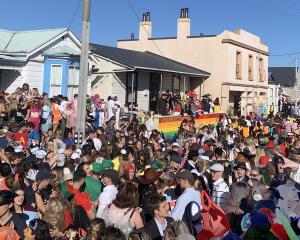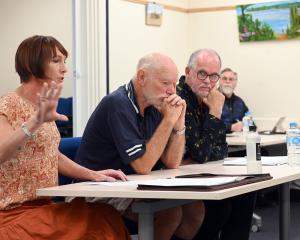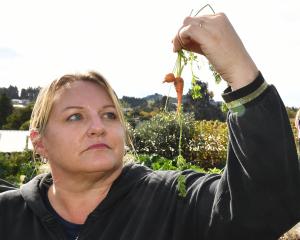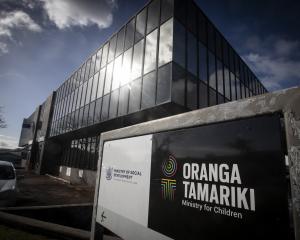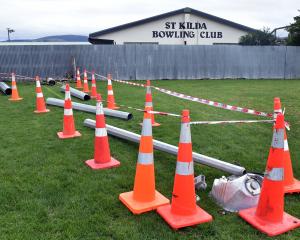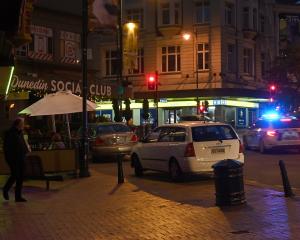Ms Coburn will graduate from the University of Otago with a doctorate in surveying and information science today after completing a thesis titled "Gone Tomorrow? Choosing the past to create the future".
Her study aimed "to alert people to the possible loss of their photographic heritage through changes arising from the shift to digital technologies", her research abstract noted.
Many more images were being captured these days, because of the switch to digital format, but the result, paradoxically, might leave "fewer traces than the small number of photographs from past eras".
She had found sharply focused photographs of some of her relatives, preserved on glass negatives, which had survived nearly 100 years, but it was questionable how many of today's digital images would survive far into the future, she said in an interview.
"People don't realise how vulnerable their digital files are."
Ms Coburn, of Middlemarch, is a former head of the technology department at the then Dunedin College of Education.
Many people wrongly thought their images were safe.
But her research showed that some people who had previously been careful to safeguard key photographs in family albums, and to write identifying details on the back of the images, were no longer being so careful with digital images.
Digital images stored in the same place could be lost, including by fire at the property, or through bigger disasters, such as the Christchurch earthquakes.
Changes in computer systems could quickly make stored data, including images, hard to retrieve.
She urged people to select a relatively small number of digital images which were important to keep, and to share them - accompanied by accurate identifying information- with family, friends, or a community archive.
Images, preferably with accurate embedded data, should be saved in more than one location and format, including by printing them out and putting them in an album.




